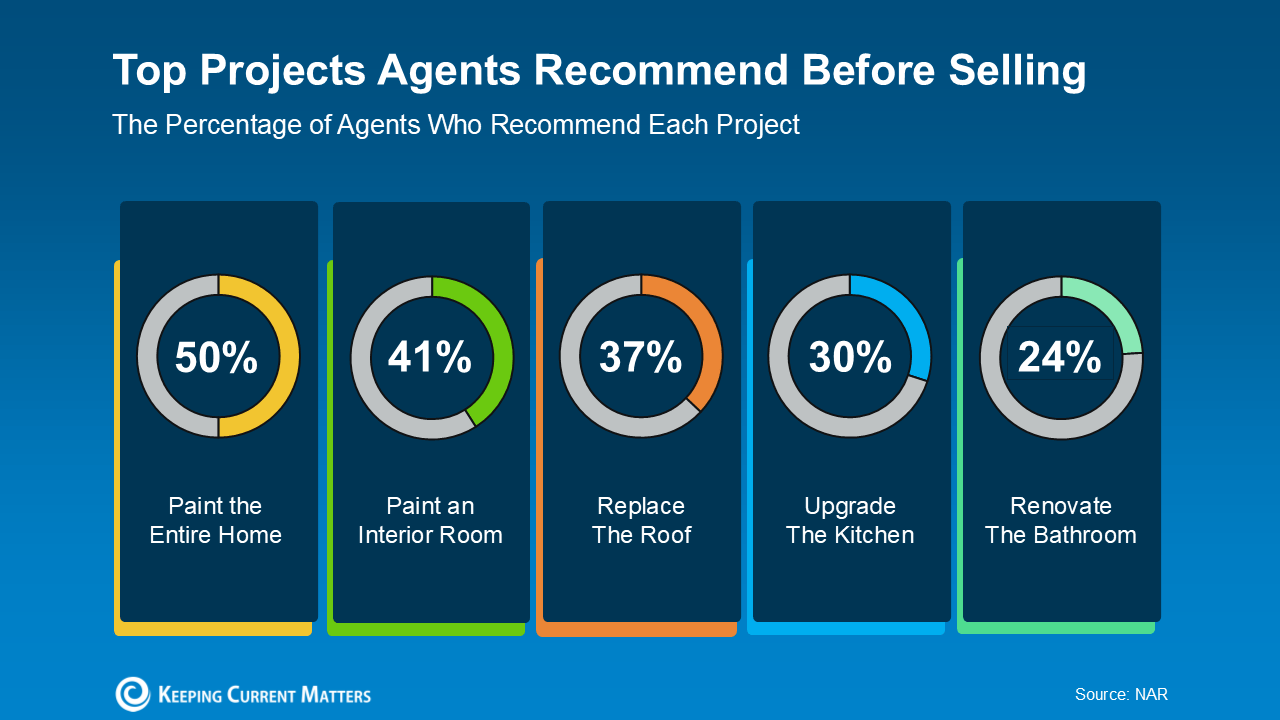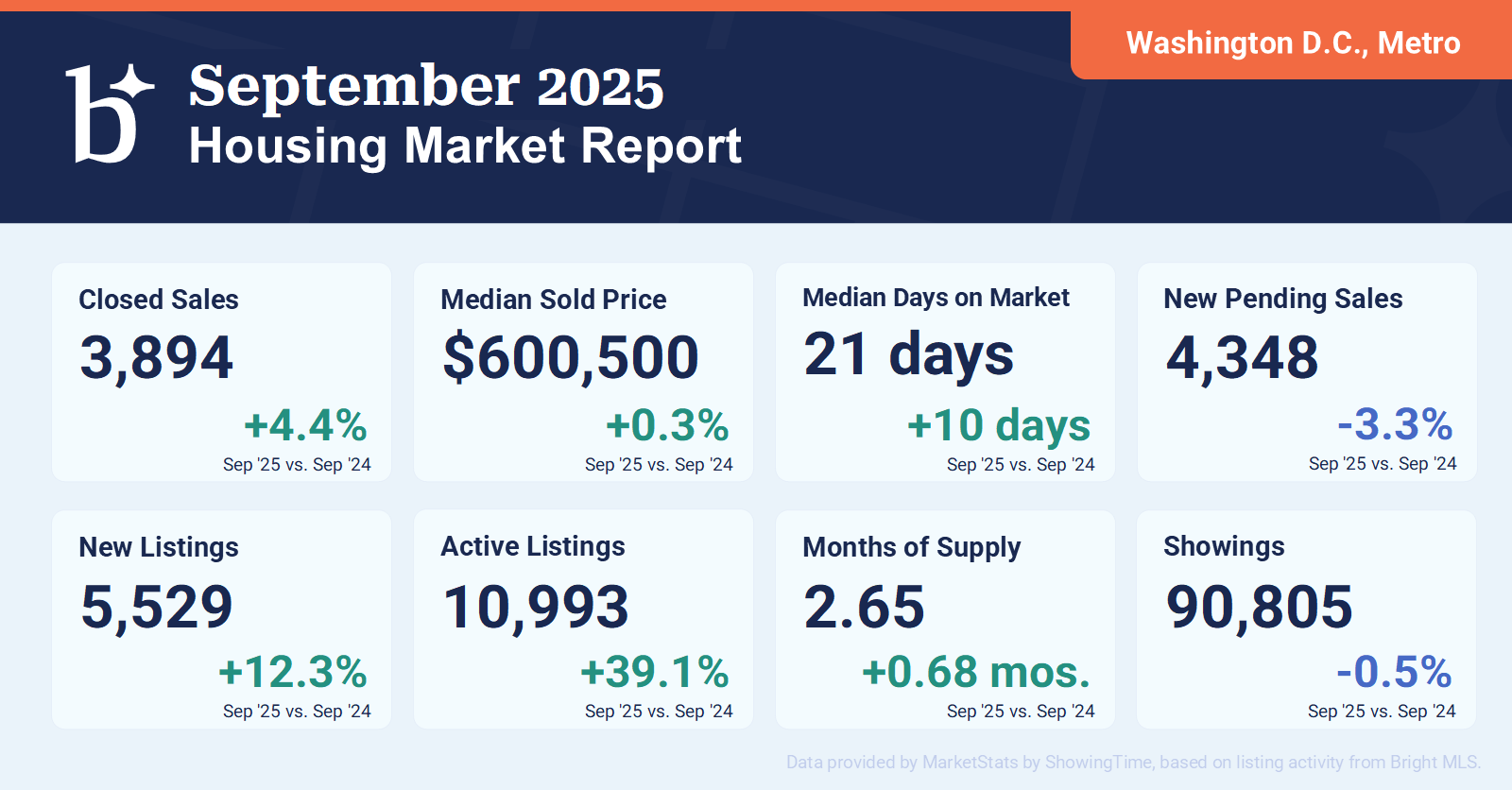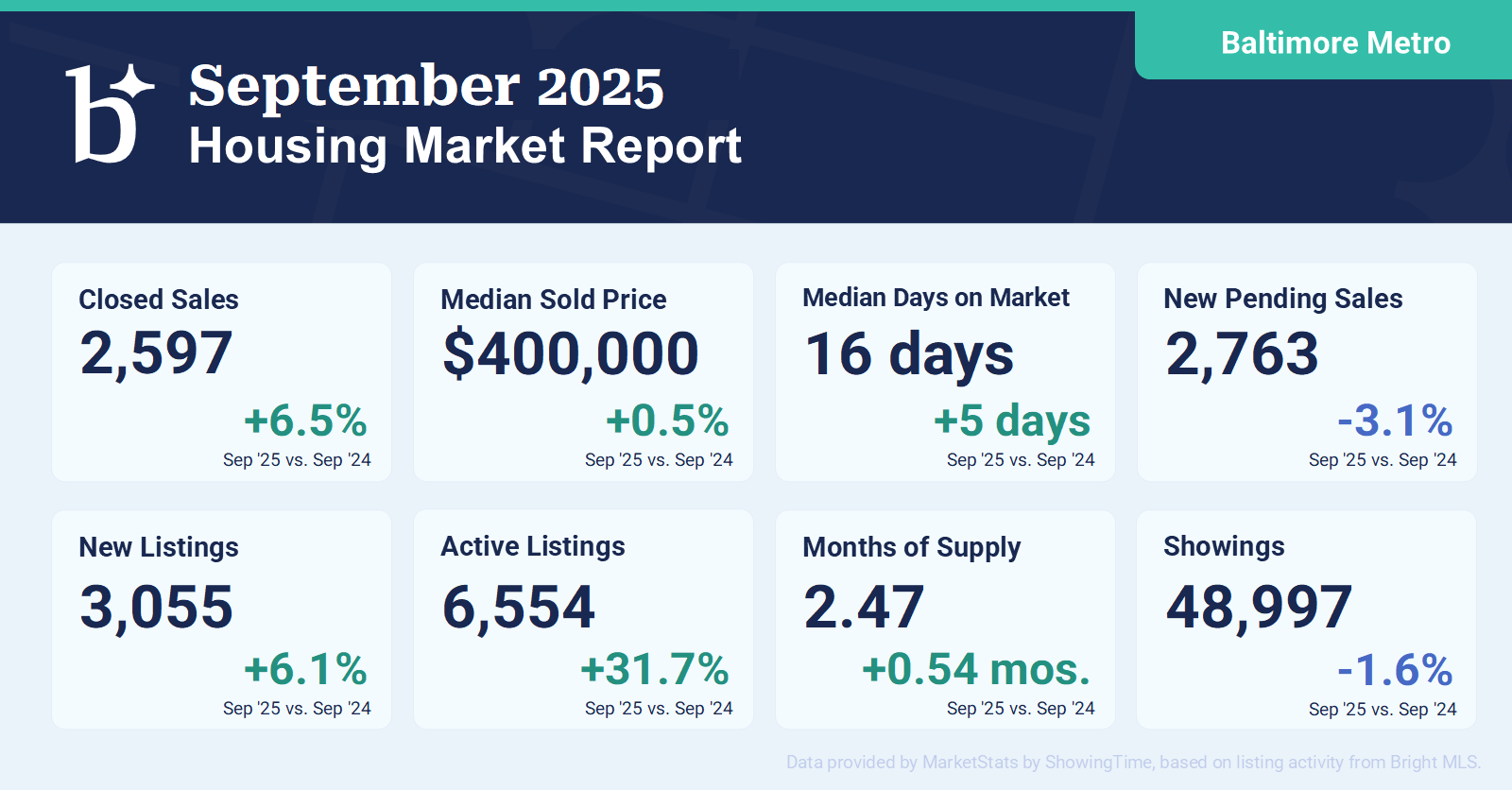Is the Housing Market Starting To Balance Out?

For years, sellers have had the upper hand in the housing market. With so few homes for sale and so many people who wanted to purchase them, buyers faced tough competition just to get an offer accepted. But now, inventory is rising, and things are starting to shift in many areas.
The real estate market has been on a rollercoaster ride over the past few years, with soaring home prices, fierce bidding wars, and historically low interest rates creating an ultra-competitive environment. However, recent shifts in the market suggest that we may be approaching a much-needed balance. So, what’s driving this change, and what does it mean for buyers and sellers?
Signs of a More Balanced Market
-
Stabilizing Home Prices
Home prices skyrocketed during the pandemic due to high demand and low inventory. Now, many markets are seeing price growth slow down, with some areas even experiencing slight declines. This indicates a shift toward a more stable market where home values appreciate at a more sustainable pace. -
Increased Inventory
Over the past few years, a severe housing shortage contributed to rapid price increases. However, inventory levels are gradually rising as more homeowners list their properties and new construction projects reach completion. A higher number of homes on the market gives buyers more options and reduces the intense competition seen in previous years. -
Mortgage Rates Fluctuating but Stabilizing
After historic lows in 2020 and early 2021, mortgage rates climbed significantly in response to Federal Reserve actions. While rates remain higher than pandemic levels, they have begun to stabilize, helping buyers better plan their finances and make informed decisions. -
Fewer Bidding Wars
At the height of the seller’s market, multiple offers and bidding wars were the norm, often pushing sale prices well above asking. Now, with more inventory and slightly decreased demand, buyers are regaining some negotiating power, leading to fewer instances of extreme overbidding.
So, is the market finally balancing out? And does that mean buyers will have it a bit easier now? Here’s what you need to know.
What Makes It a Buyer’s Market or a Seller’s Market?
It all comes down to how many homes are for sale in an area compared to how many buyers want to buy there. That’s what ultimately determines who has the most leverage.
- A Seller’s Market is when there are more buyers than homes available, so sellers hold the power. This leads to rising prices, multiple offers, and homes selling quickly – often above the asking price – because there isn’t enough to go around.
- A Buyer’s Market is when there are more homes than buyers. In this case, the tables turn. Sellers may have to offer concessions and incentives, or negotiate more to get a deal done. That’s because buyers have more choices and can take their time making decisions.
You can see this play out over time using data from the National Association of Realtors (NAR) in the graph below:
 Where the Market Stands Now
Where the Market Stands Now
While it’s still a seller’s market in many places, buyers in certain locations have more leverage than they’ve had in years. And that’s thanks to how much inventory has grown lately. As Lance Lambert, Co-Founder of ResiClub, explains:
"Among the nation’s 200 largest metro area housing markets, 41 markets ended January 2025 with more active homes for sale than they had in pre-pandemic January 2019. These are the places where homebuyers will be able to find the most leverage or market balance in 2025."
Here’s a look at some of the strongest seller’s markets and buyer’s markets today, according to that research:
 Do you know how to adjust your plans based on who’s got the most negotiating power? Because an agent does.
Do you know how to adjust your plans based on who’s got the most negotiating power? Because an agent does.
Clever strategies can make buying in a seller’s market easier – and vice versa. And that’s exactly why you need to hire a pro. A local real estate agent knows their market like the back of their hand. They’re super familiar with what the supply and demand balance looks like and how to help their clients get a deal done either way. So, as long as you have a skilled pro by your side, it doesn’t really matter if your town is on the list or not.
With their expertise, you’ll be able to plan ahead and buy (or sell) no matter what the market looks like.
Final Thoughts
The housing market is showing signs of a return to equilibrium after an unprecedented period of volatility. While challenges remain, such as affordability concerns and interest rate fluctuations, both buyers and sellers can benefit from a more balanced landscape. Whether you’re looking to buy or sell, staying informed and working with a knowledgeable real estate professional can help you navigate these market shifts successfully.
Are you ready to make your move in today’s evolving market? Contact us to discuss your options and find the best strategy for your real estate goals!
Book your appointment and let’s talk to take the next step in your real estate journey. Schedule a real estate consultation with one of our team members.
Categories
- All Blogs (109)
- Agent (101)
- Baltimore (96)
- Baltimore Real Estate (93)
- Buying (93)
- Closing Cost (8)
- Commercial Real Estate (90)
- D.C (93)
- Downsizing (85)
- Equity (105)
- First time homebuying (86)
- home buying tips (89)
- Home Selling (62)
- home selling tips (23)
- Homebuying (88)
- Investing (101)
- Lower Prices (100)
- Market Reports (80)
- Market Update (82)
- Maryland (99)
- Maryland Real Estate (99)
- mortgage (79)
- mortgage rates (81)
- purchasing a home (88)
- Real Estate (103)
- Real Estate Agent (103)
- Real Estate Report (78)
- Retirement (83)
- Selling (65)
- VA Loan (6)
- Veterans (7)
- Washington D.C (86)
Recent Posts












